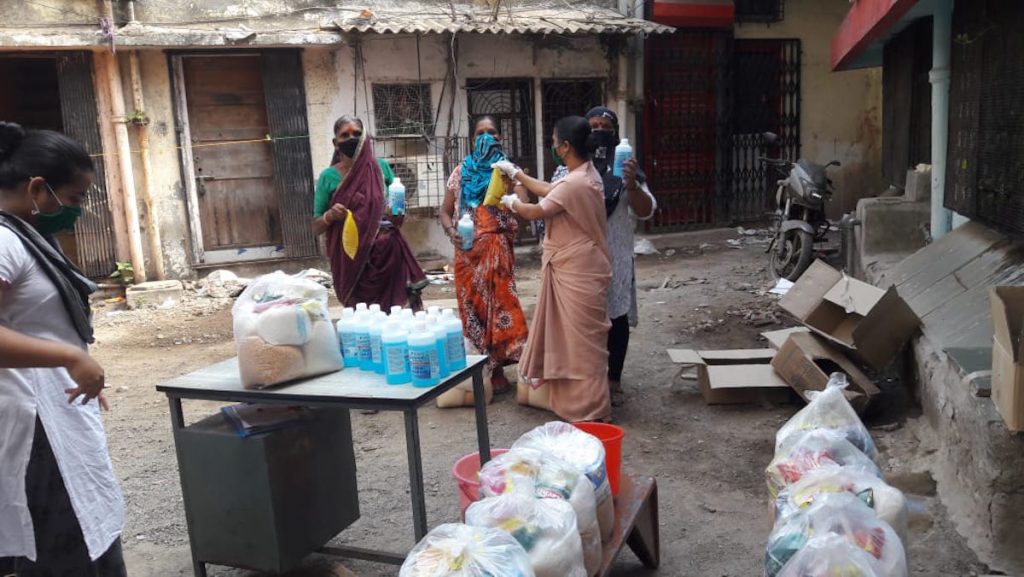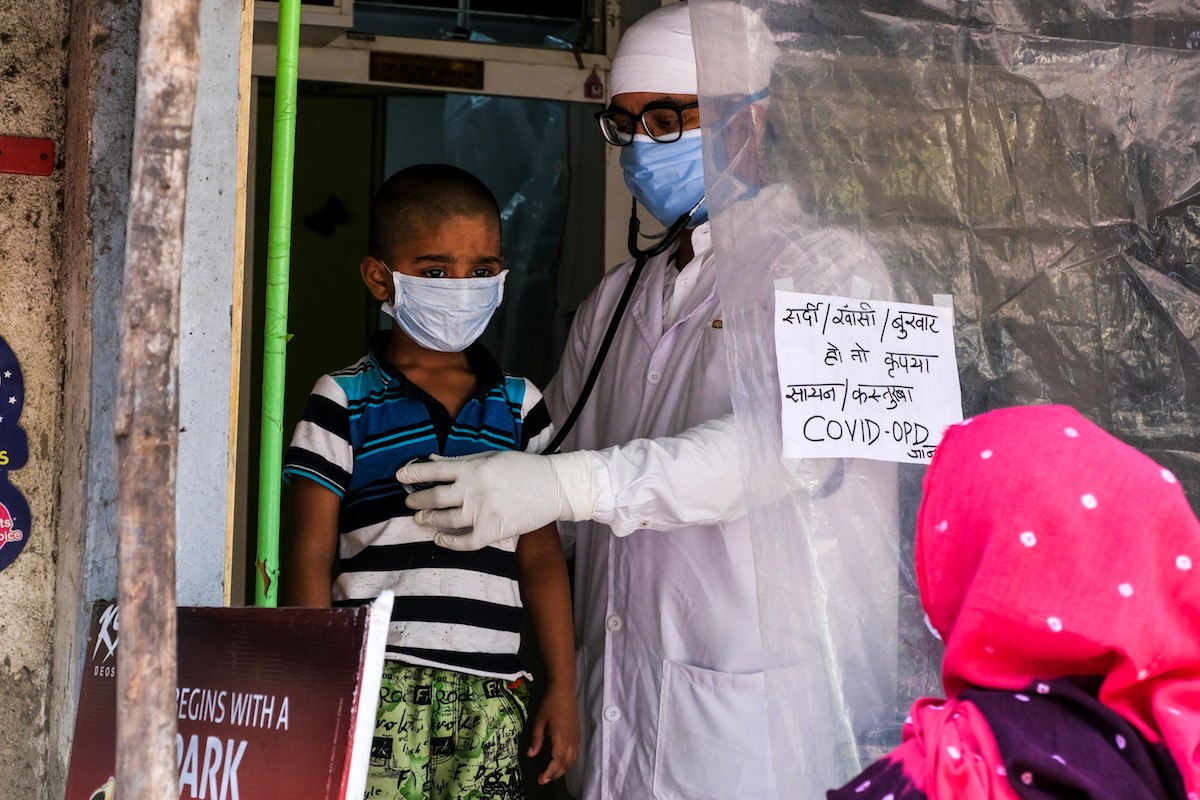When the COVID-19 pandemic hit India, it was thought that it would cut a swathe through the densely populated area of Dharavi in Mumbai which is considered one of the largest slums in Asia.
With a population of a million people living in an area of 2.5 square km; its inhabitants live tightly in dilapidated dwellings amid open sewers.
Sister Annie Fernandes of Society of the Helpers of Mary said that “dwelling spaces in Dharavi cannot even accommodate a full family.”
“Some family members work night shifts. Men go out and sleep elsewhere on the pavements,” said Sister Fernandes said.
Eighty percent of Dharavi’s population depends on community toilets.
“Regular hand washing is a luxury for many of residents. There’s a lack of water and sanitation,” said the nun whose convent is in the slum.
The first COVID-19 case in Dharavi was reported April 1, nearly three weeks after Mumbai recorded its first positive case. While the state of Maharashtra has 132,336 active cases (as of July 21) and Mumbai 23,704, Dharavi has just 151.
Father Christopher Jayaram, parish priest of St. Anthony’s Church in Dharavi, said that the lack of infections in the slum was “nothing short of a miracle.”
“Social distancing and home quarantining are near impossible in the slum,” Father Jayaram said.
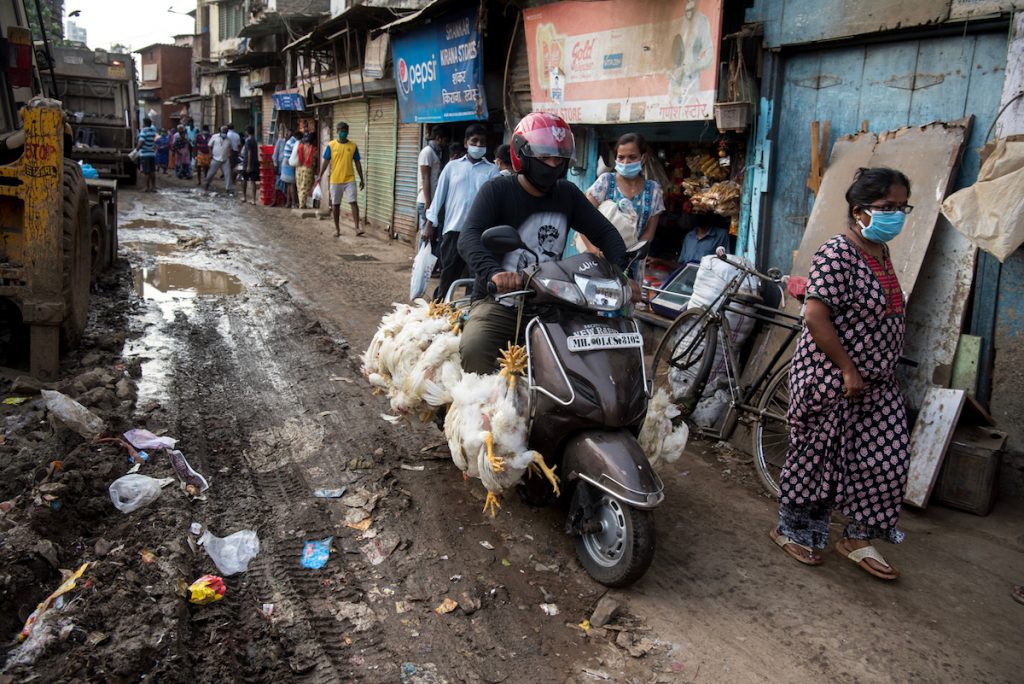
Meanwhile Kiran Dighavkar, from the Brihanmumbai Municipal Corporation, said the suppression of the virus in Dharavi was possible due to government efforts supported by public-private partnership and community participation.
Dr. Tedros Adhanom Ghebreyesus, the WHO director-general, even described Dharavi as an example of an area where the virus was brought under control.
But getting on top of the virus was no easy feat.
Screening, regular sanitation of community toilets and mitigation strategies played a key role in crushing the virus spread in Dharavi, health officials have said.
Dr. Neelam Gorhe, deputy chairman of Maharashtra Legislative Council, said “large scale public screening was conducted and private medical practitioners were mobilised.”
Another health official described the proactive response applied in Dharavi.
“We went to the patients they did not have to come to us or go look out for hospitals treating the contagion like elsewhere in the country,” said Dr. Chaitanya Patil.
“We arranged a large number of fever camps. Through screening, the vulnerable population was detected at an early stage. Out of the home-to-home screening done, 47,000 households (20 percent of the population) were found positive,” Patil said.
Nearly 200 beds were made available in every nearby hospital for quarantining, he said. Besides local schools and clubs were converted into quarantine centers with free food and health check-ups provided.
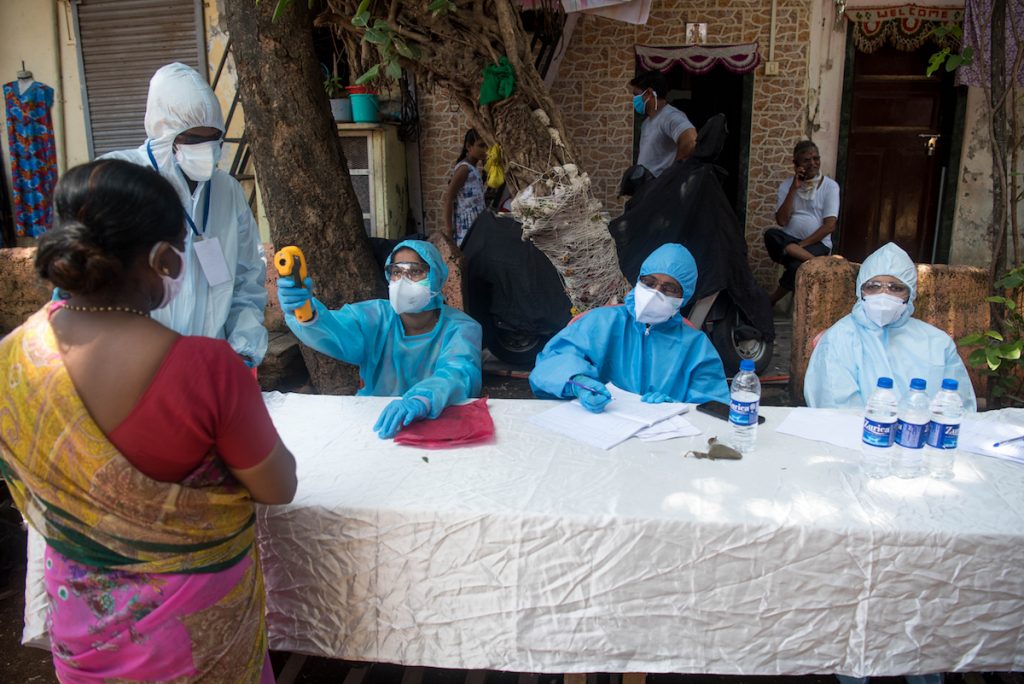
The lockdown
But getting on top of the virus was not without pain.
The national lockdown that began March 24 saw all daily wagers in the slum lose their jobs and many quickly became penniless. Hundreds of thousands of migrants from Dharavi went back to their villages in other states. Many of those who stayed were in a grim situation.
“With eyes filled with tears, some people said that they sat at the local government office for three days to ask for some food, and got nothing,” Sister Fernandes said of the plight of some of the slum dwellers during this period.
“A single mother of four having lost her job as a domestic worker, felt helpless. She hadn’t cooked food for two days and her daughters were crying for a morsel,” she said describing another case.
“Auto-rickshaw and taxi drivers came begging for food with folded hands, such was the situation,” the sister superior added.
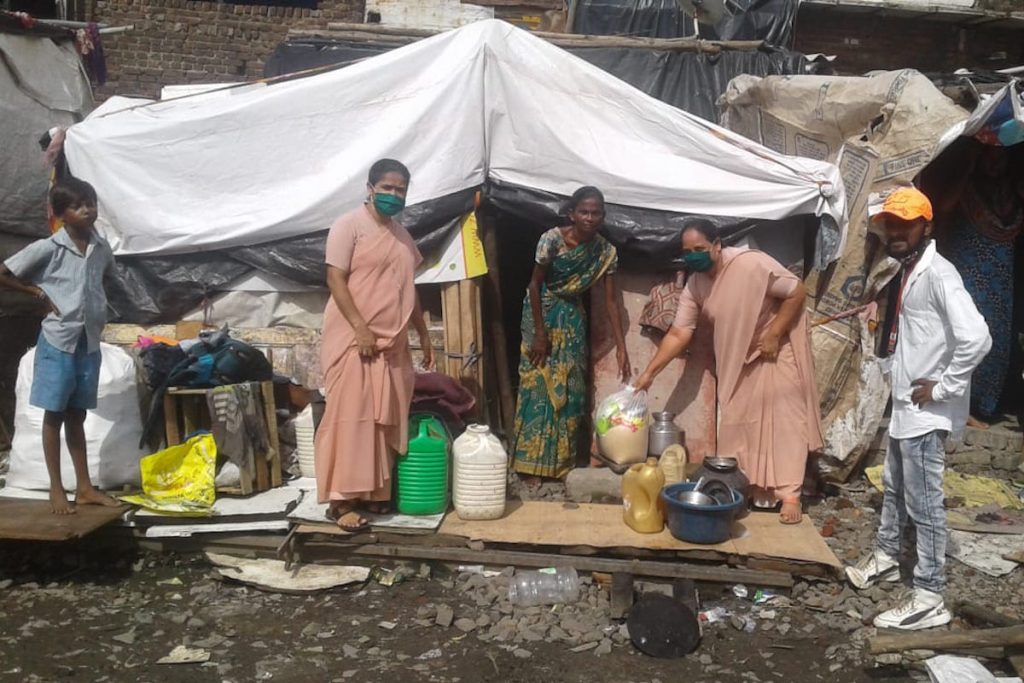
Sister Fernandes said the Society of the Helpers of Mary went house to house looking for those genuinely needy and gave them coupons.
“We reached out to 2,800 families at the peak of the spread of coronavirus,” Sister Fernandes said.
“We also distributed food kits comprising rice, dal, sugar, wheat flour, oil, masala packets, tea, salt, soaps and a homeopathic drug Arsenicum Album 30, which acts as an immunity booster,” she said.
It was a ramped up continuation of the work done by the Society of the Helpers of Mary for the past 60 years through Daya Sadan Community Centre which has sought to bring holistic development and sustainability to families in Dharavi.
Many benefactors and donors contributed to the center’s relief efforts to help the vulnerable and deprived families, Sister Fernandes said.
Father Jayakumar, who also manages St. Anthony High School at Dharavi, said his parish helped out where possible.
“We first started giving rations to Catholics but others too came in. We had 900 food packets and some 1,500 lined up,” the priest said.
“Then we tried to find out from my students of St. Anthony School and their parents how many needed food. We got them to register. The Canossian Daughters of Charity, also helped out,” he said.
Father Mario Mendes, director of the Centre for Social Action, said, through Dharavi parishes, convents and the laity the church reached out to people in distress during the ongoing lockdown.
